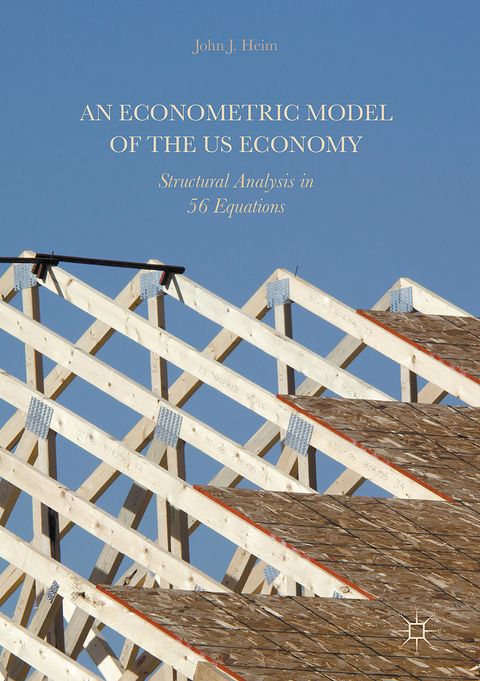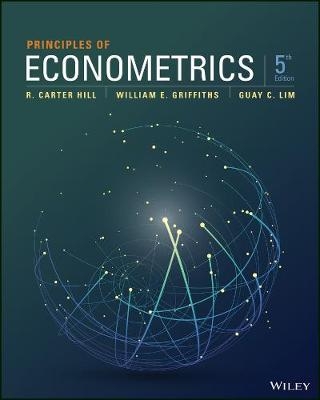
An Econometric Model of the US Economy
Springer International Publishing (Verlag)
978-3-319-50680-7 (ISBN)
John J. Heim is Visiting Professor at University of Albany-SUNY, and retired Clinical Professor of Economics at Rensselaer Polytechnic Institute, both in New York, USA.
1. Introduction to Part 1 (Production of the GDP).- 2. Methodology.- 3. Literature Review.- 4. The Consumption Models.- 5. Models Indicating Determinants of Investment Spending and Borrowing.- 6. The Exports Demand Equation.- 7. Statistically Estimated Real GDP Determination Functions ("IS" Curves).- 8. Real GDP Determination Functions ("IS" Curves) Aggregated from Estimates Obtained by Statistically Estimating the Subcomponent Functions Comprising the GDP .- 9. Determinants of the Prime Interest Rate: Taylor Rule Method.- 10. Determinants of the Prime Interest Rate: LM Curve Method.- 11. Determinants of Inflation: The Phillips Curve Model.- 12. Determinants of Unemployment.- 13. The Savings Functions.- 14. Determinants of Government Receipts.- 15. Edogeneity of Government Spending.- 16. Capacity of the Model to Explain Behavior of the Macroeconomy in the Years beyond the Period Used to Estimate the Model.- 17. Converting the Older Keynsian IS-LM Model to the More Modern AS-AD Interpretation of the Kenysian Model.- 18. Dynamics.- 19. Summary and Conclusions (Production Side of the NIPA Accounts).- 20. Part II: Determinants of Factor Shares (Income Side of the NIPA Accounts).
| Erscheinungsdatum | 26.09.2017 |
|---|---|
| Zusatzinfo | XXX, 460 p. 14 illus. |
| Verlagsort | Cham |
| Sprache | englisch |
| Maße | 148 x 210 mm |
| Themenwelt | Wirtschaft ► Allgemeines / Lexika |
| Wirtschaft ► Volkswirtschaftslehre ► Ökonometrie | |
| Schlagworte | aggregate demand curve • Econometrics • Econometrics and economic statistics • Economics • Economics and finance • endogenous variables • Engineering • engineering manual • hausman • investment/saving • IS curve • liquidity-money curve • LM curve • Lucas critique • Macroeconomics • Macroeconomics/Monetary Economics//Financial Econo • Monetary Economics • Phillips curve model • Political Economy • Regional/Spatial Science • Regional studies • sargan • Sims model • Smets-Wouters • Taylor Rule • Wald |
| ISBN-10 | 3-319-50680-3 / 3319506803 |
| ISBN-13 | 978-3-319-50680-7 / 9783319506807 |
| Zustand | Neuware |
| Informationen gemäß Produktsicherheitsverordnung (GPSR) | |
| Haben Sie eine Frage zum Produkt? |
aus dem Bereich


